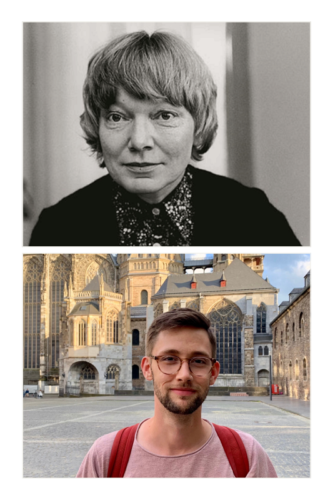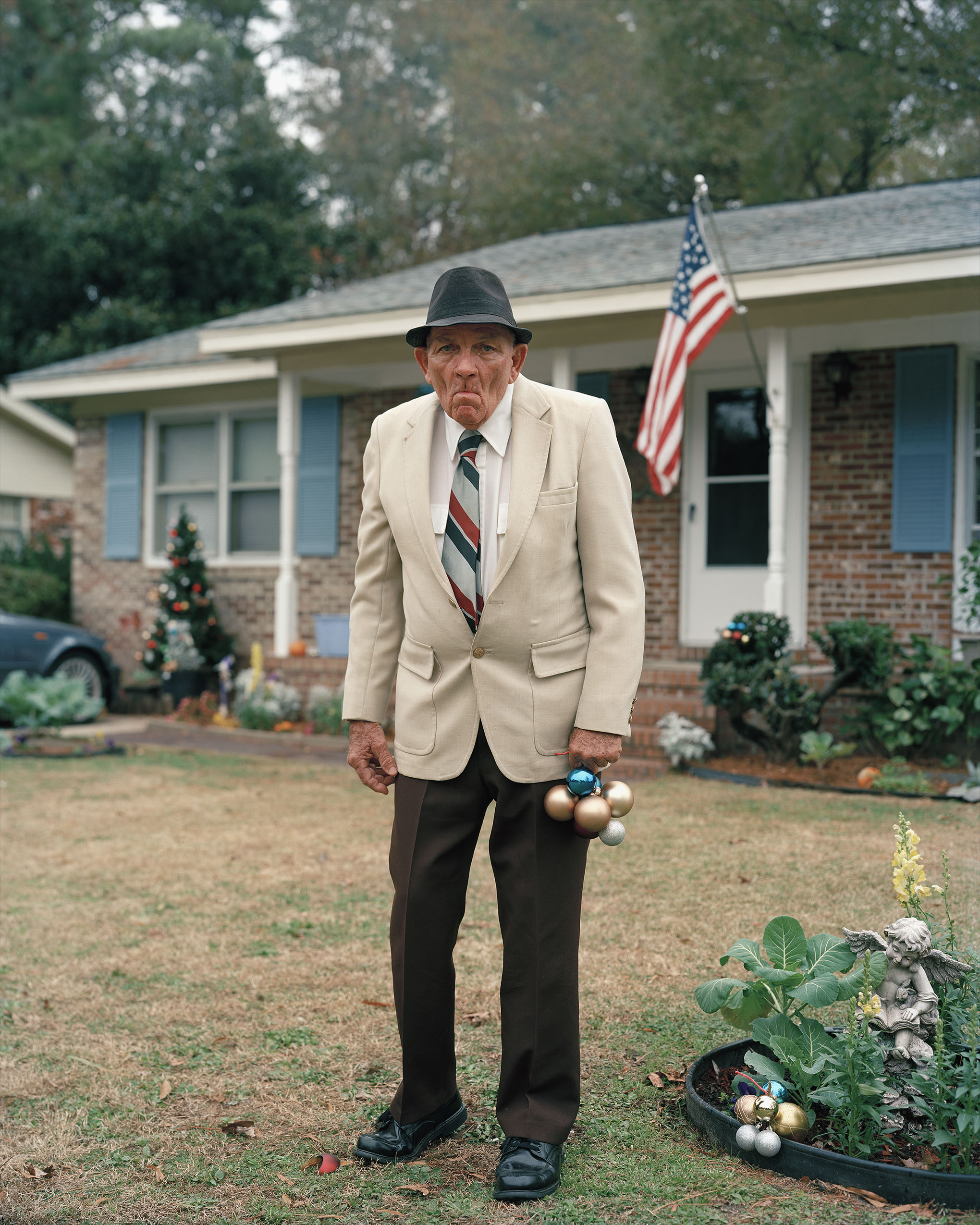miCRo: “The World Wants to See Itself” by Inger Christensen, translated by Bradley Harmon
5 Minutes Read Time

Managing Editor Lisa Ampleman: We’ve published the work of translator Bradley Harmon before in the miCRo series (this piece by Swedish writer Birgitta Trotzig), so I was glad to see his name in our submission queue again, and even more excited when I saw he was translating a piece of prose by the Danish writer Inger Christensen, whose work I admire. Her 1981 book, Alphabet (English edition: New Directions, 2001), a Fibonacci-sequence-inspired meditation on nature, nuclear weapons, and a changing planet, gains more readers every year, it seems. Her complex sentences and thoughts from that book and her eye on the bigger (metaphysical) picture are featured in this piece as well.
The World Wants to See Itself
Translated from the Danish by Bradley Harmon
»Pour ouir dans la chair pleurer le diamant«
—Mallarmé
Every night we reach that place where we forgo the will to exist.
Behind us are the usual strange dreams with all their fragments from the previous day.
Behind us is every reunion, every distortion and interpretation. All our human attempts to cling on to that which we call the world—where in utmost desperation we engage in transporting metaphors and symbols back and forth between dream and reality.
Until we reach that place where difference no longer exists.
Until we reach the Image.
Which is not an image of something in the world. Which therefore neither repeats the current idea of the difference between cruelty and kindness, or beauty or beast.
Which does not even repeat the truth of the world. Which therefore does not repeat the world at all.
The world has vanished in all its majesty.
In this (deeply elevated) vanishing point, nights have no history.
Night after night, time is suspended in this one absolutely constant place in our human life, which expands right where the depth of dreams and the depth of the world meet.
Only where these two absolute depths touch, dizzyingly calm, does the Image arise.
Not the dream-image. Not the world-image.
But the Image of the world.
Not of a world within the world. But of the world in itself, in its way of being the world; the (Renaissance) rebirth as absolute dream: In seven nights the world created God.
If, in art, one imitates the effect of the absolute dream, then one comes so very close to bringing back the origin as such.
If you get up close to the inertia at work in the depths of our dreams, you bring the perfectly calm abyss back up with you.
Where the terrifying downfall is experienced as an inherent peace.
Where everything we look at looks back at us.
For it is the Image that sees itself—us and our eyes and gazes included.
In this way there is an imaginary world where the vertiginous abyss is transformed—on the spot, piece by piece—into the calm abyss.
While our terror turns into the happiness of living in reborn immortality, between utilizable sex and sex, between the kiss and the martyred child, between destruction and salvation. As if we were tears in each other’s eyes. Smiles on each other’s lips.
You have never really seen the world if you have not dreamed it.
Dreamed that the cold tree’s arms were full of roses, or dreamed that ice came from a different kind of summer.
And you have never really dreamed unless you have seen the dreams while you are asleep, as if they were formed in someone else’s sleep, and in this someone else it were as if the dreams themselves made a wrong turn and entered the wrong sleep.
The world wants to see itself. – And must therefore make visible not itself, but its way of appearing in human dreams.
A landscape brought forth in a bowl: if you drink this desert, these emerging mountains of sand, you shall never thirst.
»Pour ouir dans la chair pleurer le diamant«
(To hear the diamond cry in the flesh)
Inger Christensen (1935–2009) was one of the most influential twentieth-century European poets. Known especially for the poetry collections It (1969; tr. 2006) and Alphabet (1981; tr. 2001), her often experimental writing is characterized by cosmic scale and existential concern. Widely considered a progenitor of both Nordic and global ecopoetry, she is a national icon in her native Denmark and was nominated several times for the Nobel Prize in Literature. The piece translated and published here is the title text of the one-thousand-page volume of uncollected works, Verden ønsker at se sig selv (2018).
Bradley Harmon is a translator from German and Scandinavian. He has been an ALTA Emerging Translator fellow (2022), an American-Scandinavian Foundation fellow to Sweden (2023–2024), and a Fulbright fellow to Germany (2024–2025). Forthcoming book translations include Katarina Frostenson’s The Space of Time (2024) and Monika Fagerholm’s Who Killed Bambi? (2025).

